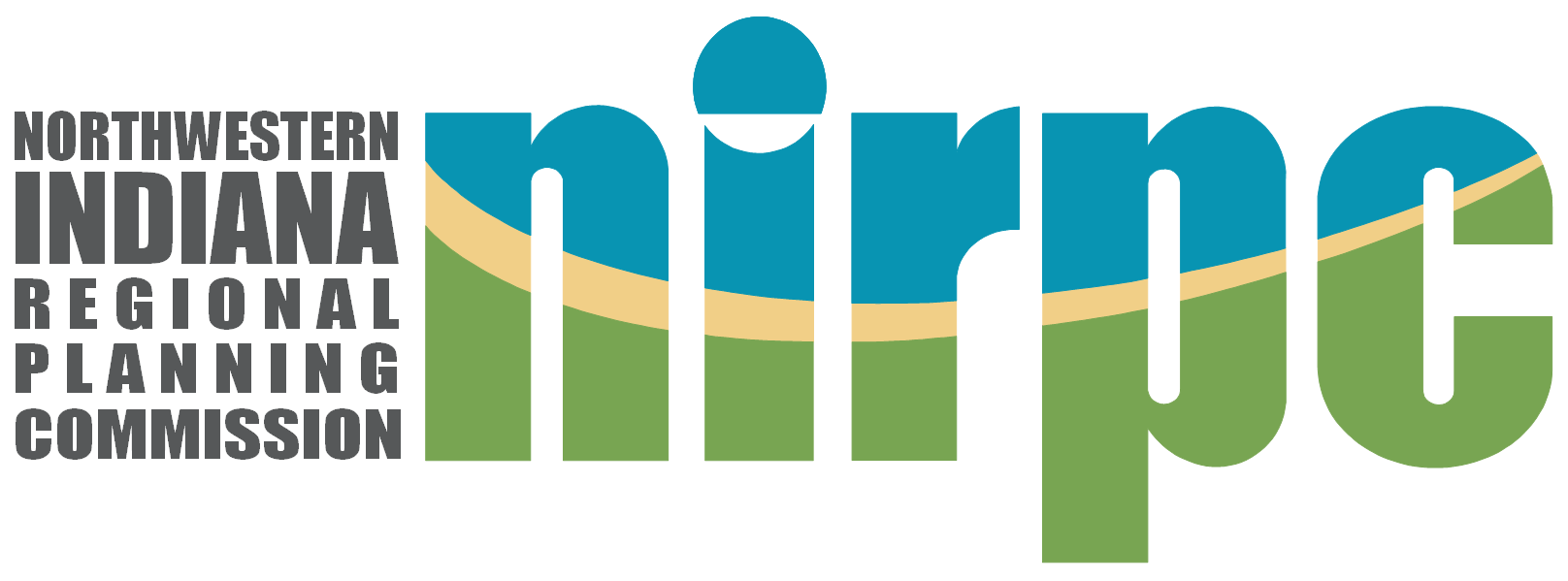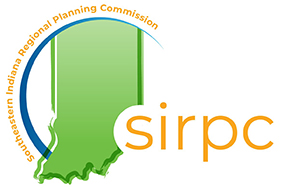Introduction
The primary purpose of our EDA project is to study and explore the regional economic
resilience or capacity of regions to absorb and recover from the economic shocks in the context of the Great
Recession of 2008-2009, along with the post-recovery period up to the year 2018. We do so by lending
technical assistance to and engaging with two regional planning organizations in Indiana for the purposes of
assessing how well each fared during the time periods of the post Great Recession (2008 to 2009).
This project was funded by the U.S. Economic Development Administration (EDA) under the local technical
assistance program. In light of the Great Recession (December 2007 to June 2009), and the resulting loss of
nearly 8.8 million U.S. jobs and sluggish economic recovery during the post-recession period, EDA introduced
the need to incorporate economic resilience as one of the elements in the Comprehensive Economic Development
Strategies (CEDS) process. As such, our project looks into building economic resilience and capacity for
recovery of the regions with an emphasis on the regional transportation and infrastructure elements
including other socioeconomic factors. For this project, economic resilience includes the following
- Ability to anticipate, withstand or absorb a shock
- Ability to recover or bounce back from a shock
- Ability to avoid the shock altogether
Read the full report
Frequently Asked Questions
This resource website on regional economic resilience is developed for regional planning organizations such as metropolitan planning organizations (MPO) and economic development districts (EDD). Whereas, the data dashboards and What-If? tools are developed for the partner regions, the research report, dashboard, and tool could provide insights into transportation infrastructure and other socioeconomic variables important to enhance the economic resilience of the regions. The research draws from more than 250 counties in the Great Lakes Region, and hence findings and insights are applicable beyond the partner regions.
This project received funding from the U.S. Economic Development Administration under the technical assistance grant.
This study covers the period after the Great Recession (2008-2009) up to 2018. This research does not cover the pandemic-induced recession period of 2020 and 2021. Whereas the focus has been to uncover socioeconomic variables and transportation infrastructure that could shore up the economic resilience of the regions, the findings are generally applicable to any recessionary economic shocks.
This study covers only regional economic resilience. The research concentrated on economic resilience, and its types such as engineering, ecological, and adaptive resilience. This research does not cover disaster resilience, however, some of the findings can be applied to economic shocks and recovery in the post-disaster period.
The four-color scale shows the quartile distribution of index values for 258 counties in the Great Lakes Region. Red, orange, light green, and dark green show the first, second, third, and fourth quartile, respectively. The higher the quartile, the better is the economic resilience index for the region.
The Economic Resilience Index is unitless.
The Economic Resilience Index values do not have thresholds for higher or lower, better or worse, or any other ordinal or qualitative scale. It should be used as a relative metric. For example, if expanding road density by one unit increases the index more compared to other variables, we can say “road density” can strengthen the economic resilience compared to the other variables.
The Comprehensive Economic Development Strategies (CEDS) require an economic resilience element as per the latest guidelines provided by the U.S. Economic Development Administration (EDA). The planning processes for CEDS identify a host of projects and programs, which could be broadly evaluated for economic resilience by using the What-If? The tool can also assist in trade-offs between variables.
Partners
 |
The Northwestern Indiana Regional Planning Commission (NIRPC) is a regional council of local governments serving the citizens of Lake, Porter, and LaPorte counties in Northwest Indiana. It is organized under the provisions of Indiana Code 36-7-7.6. NIRPC provides a forum that enables the citizens of Northwest Indiana to address regional issues relating to transportation, the environment, and economic development. Visit nirpc.org for more information. |
 |
The Southeastern Indiana Regional Planning Commission (SIRPC) is a community and economic development agency. SIRPC serves a range of communities and organizations that have a stake in community and economic development in Southeastern Indiana. Counties served include Dearborn, Decatur, Franklin, Jefferson, Jennings, Ohio, Ripley, Shelby and Switzerland. Visit www.sirpc.org for more information. |
Meet the Team
Nadia Gkritza, PhD
Professor of Civil Engineering and Agricultural and
Biological Engineering
Project Role: PI
Profile
Lionel J. Beaulieu, PhD
Professor Emeritus, Purdue Center for Regional Development
Project Role: Co-PI, Advisor
Profile
Annie Cruz-Porter, PhD
Community and Regional Development Specialist, Purdue Center
for Regional Development
Project Role: Co-PI
Profile
Indraneel Kumar, PhD
Principal Regional Planner, Purdue Center for Regional
Development
Project Role: Co-PI
Profile
Sarah Adsit
Former Graduate Student, Purdue Engineering
Profile
Yue Ke, PhD
Former Graduate Student, Purdue Engineering
Profile
Lisa Lorena Losada Rojas, PhD Candidate
Graduate Research Assistant, Purdue Civil Engineering
Profile
Benjamin St. Germain
GIS Technician, Purdue Center for Regional Development
Profile
Tyler Wright
Web Developer, Purdue Center for Regional Development
Profile
Andrey Zhalnin, PhD
GIS & Data Analyst, Purdue Center for Regional Development
Profile
Tamara Ogle
Focus Group Support - Purdue Extension Community Development
Regional Educator
Profile
Daniel Walker
Focus Group Support - Forestry and Natural Resources
Community Planning Extension Specialist
Profile

